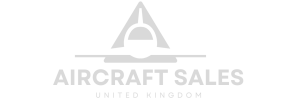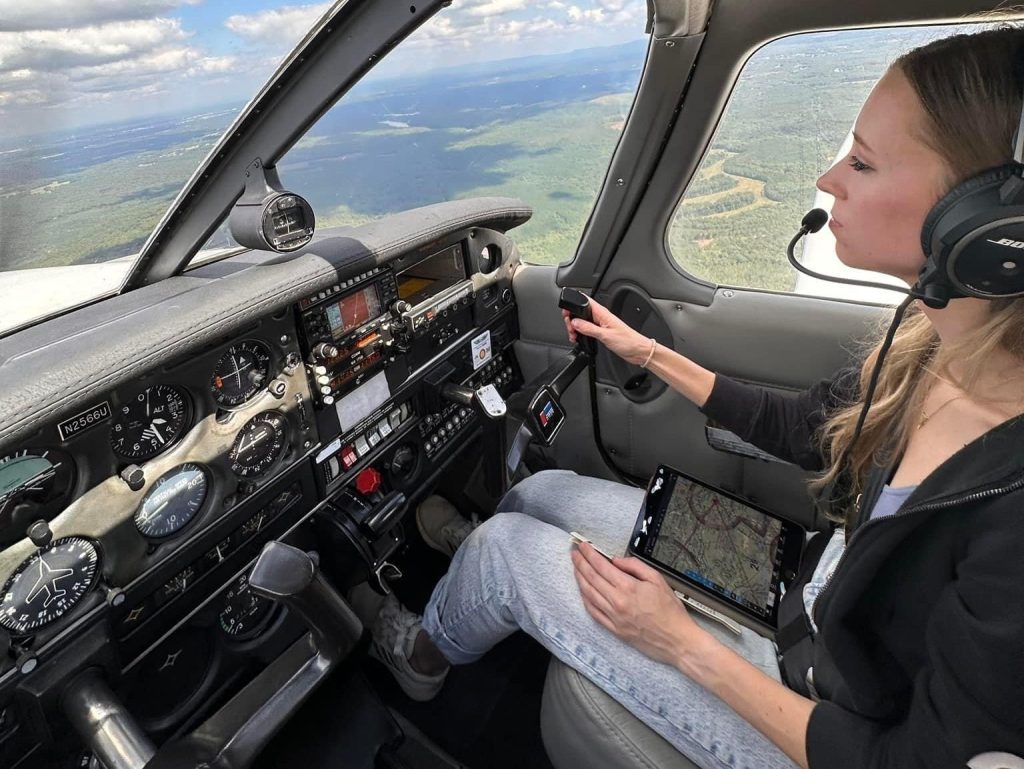Thinking of Buying or Selling an Aircraft in the UK? Speak to the Experts
To get a pilot’s licence in the UK, you’ll need to follow a structured process regulated by the UK Civil Aviation Authority (CAA). The most common route is the Private Pilot Licence (PPL), which allows you to fly light aircraft for non-commercial purposes.
From reliable piston aircraft to versatile turboprops, we connect you with quality planes that suit your flying needs.
Backed by real-world aviation experience and a trusted network of sellers, we help you access some of the best general aviation aircraft on the market—both in the UK and internationally.

